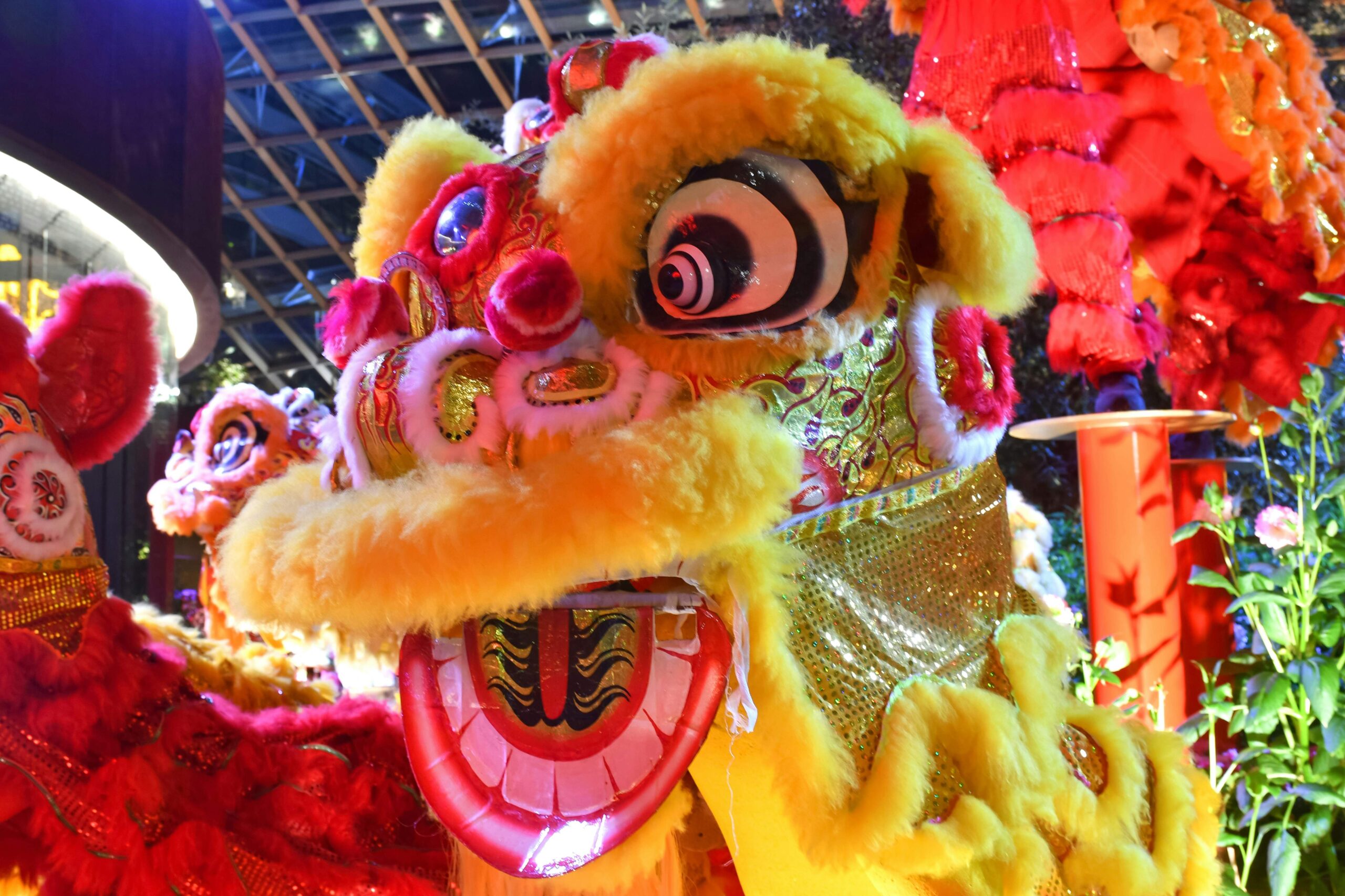This past Saturday, we celebrated the start of Lunar New Year, officially entering us into the Year of the Dragon! Lunar New Year is a festival of celebration that is prominently celebrated by Southeast Asian cultures, specifically in Chinese, Vietnamese, and Korean cultures. The celebration does not follow the stereotypical Gregorian calendar of New Year, it instead focuses on the lunar calendar. Furthermore, the celebration spans several days, unlike the Gregorian calendar celebration (being the common New Year’s Eve/Day of December 31-January 1). It includes 12 zodiac animals, which is where we get the Year of the Dragon from, as every year it shifts to a different animal.
Lunar New Year celebrations differ from culture to culture.
The Chinese celebration of Lunar New Year, which is considered the most famous, is believed to go as far back as the Shang Dynasty, who lived in China in 14th century B.C. Historians believe specifically that Emperor Wu of Han is who implemented celebrations of the first day of the new Chinese calendar year. Traditionally, the celebration also stood as a celebration of the harvest and a way to worship the gods in order to ask for good future harvests.
In the Cultural Revolution of 1967, New Year celebrations were banned in China. Over time, the leaders of the time were more willing to continue with traditional celebrations. Eventually, celebrations grew again to the point of a weeklong holiday vacation being given starting in 1996 to celebrate the Chinese New Year. The celebration is now referred to as the Spring Festival.
Lunar New Year celebrations include lots of traditions regarding food and activities.
The food of the holiday is very important and often symbolic. Dumplings are eaten because they look like money bags and symbolize fortune and prosperity. Long noodles are eaten to symbolize a long, healthy life. Fish is usually eaten in the meal, especially in the last course because the Chinese pronunciation for the word meaning fish is the same as the word meaning surplus/abundance, so fish symbolizes an abundance of wealth and luck. Oranges are also a very large part of the celebrations, as they represent good luck and success.
The Chinese Lunar New Year festivities usually end with a Lantern Festival. This includes grand displays which consist of parades, games, fireworks, and more!




